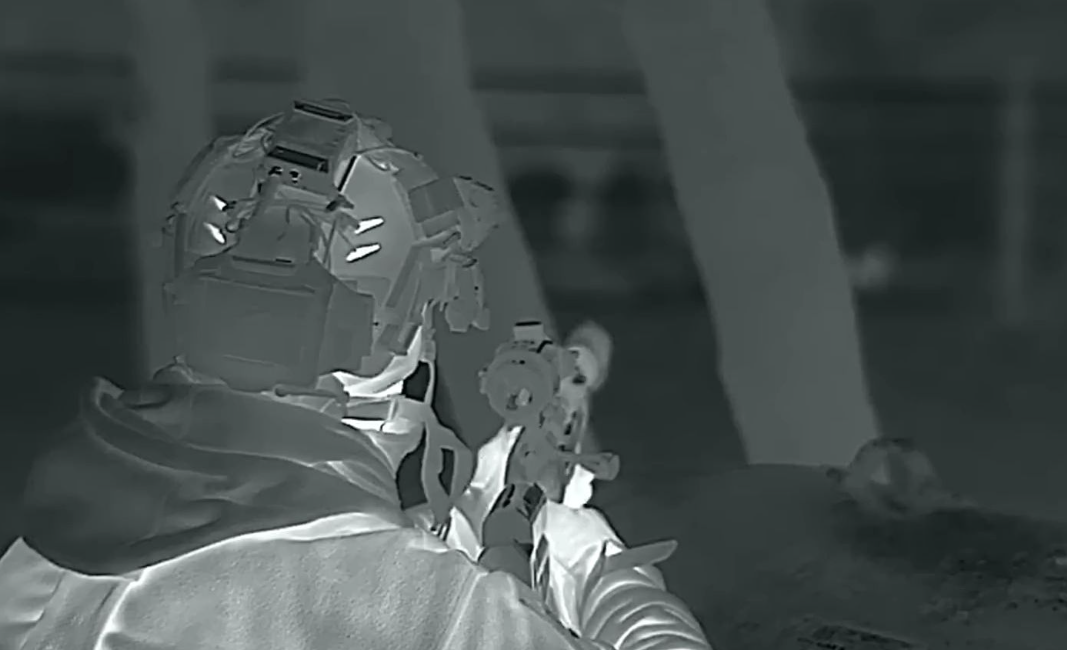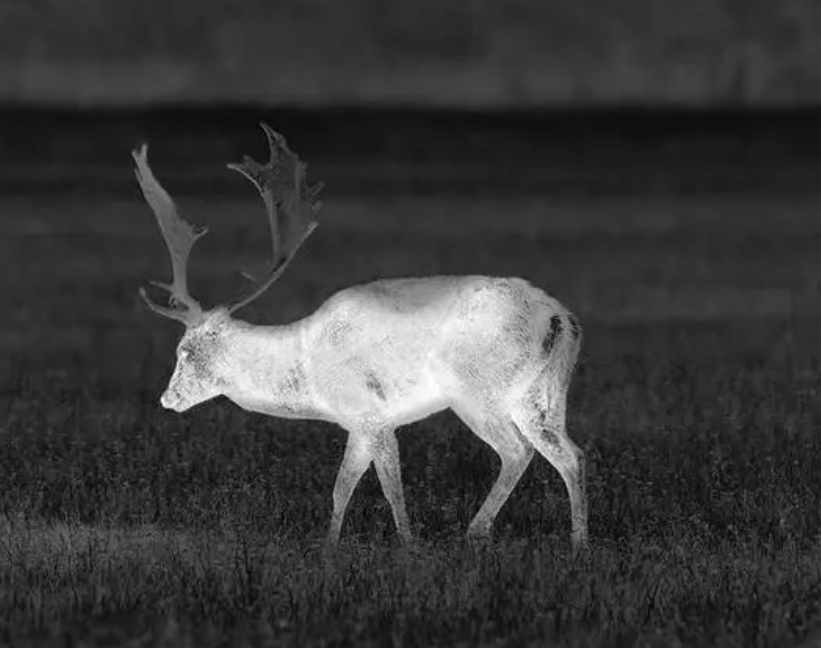Thermal imaging guns and weapons have been utilized by law enforcement agencies and military personnel for many years. They use infrared radiation to create images of heat signatures that are invisible to the naked eye. By doing so, thermal imaging guns and weapons are able to reveal environmental details that may not be visible in daylight or low-light conditions.

Thermal imaging technology is not only limited to guns and weapons, but is also widely used in the making of thermal night vision scopes. These devices allow shooters to see their targets regardless of the lighting conditions. They work by detecting the thermal signatures of living things, such as humans or animals, which emit heat. This is a vast improvement on traditional night vision scopes, which rely on light amplification technology and need some form of available light to work.

Thermal night vision scopes are often used by hunters who need to track and take down game in low-light environments. The ability to see in the dark has a clear advantage in this scenario, and thermal imaging technology allows for precision targeting without disturbing the natural environment. In addition, thermal night vision scopes are also used by law enforcement officers who may have to conduct surveillance or engage in tactical operations at night.

However, it is worth noting that thermal imaging technology has its limitations. For one, it is unable to detect non-living things such as furniture or structures. Additionally, it is sometimes difficult to distinguish between similar heat signatures, such as those of small animals or humans.

In conclusion, thermal imaging guns and weapons, as well as thermal night vision scopes, are valuable tools used in various scenarios such as military operations, hunting, or intrusion detection. While they have some limitations, they offer a clear advantage in terms of precision targeting and situational awareness in low-light conditions.


